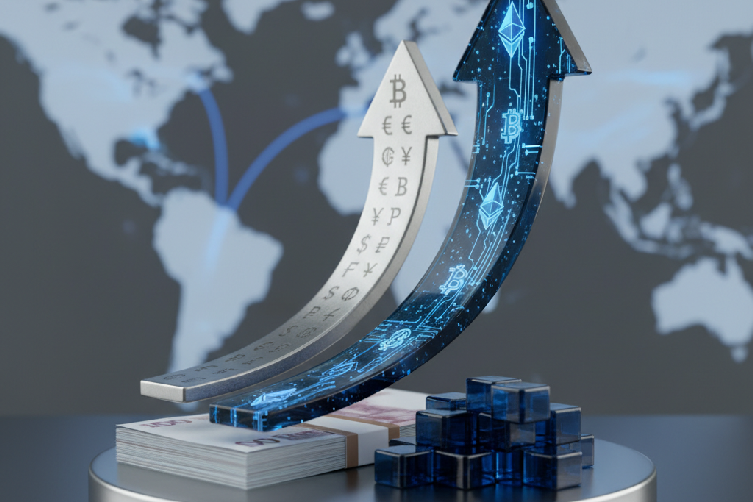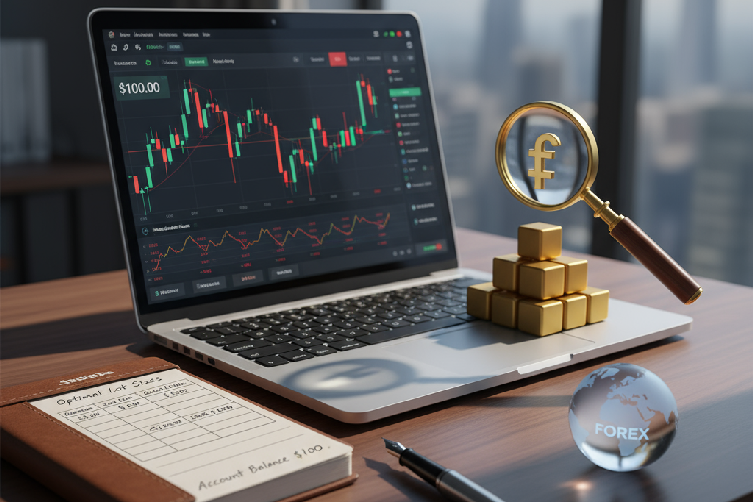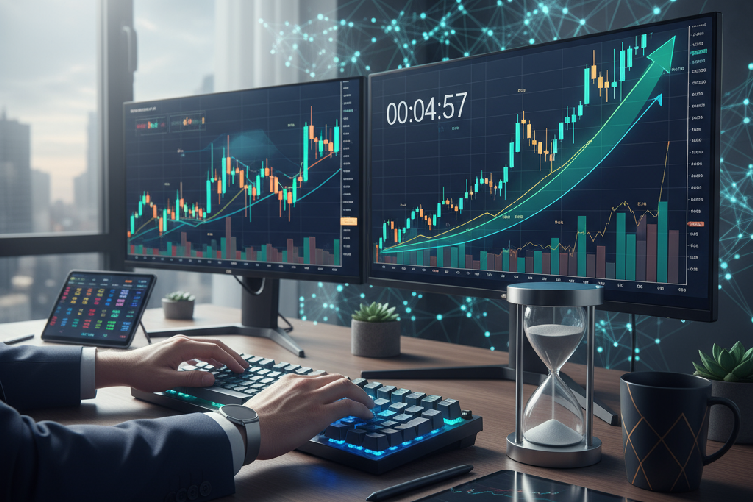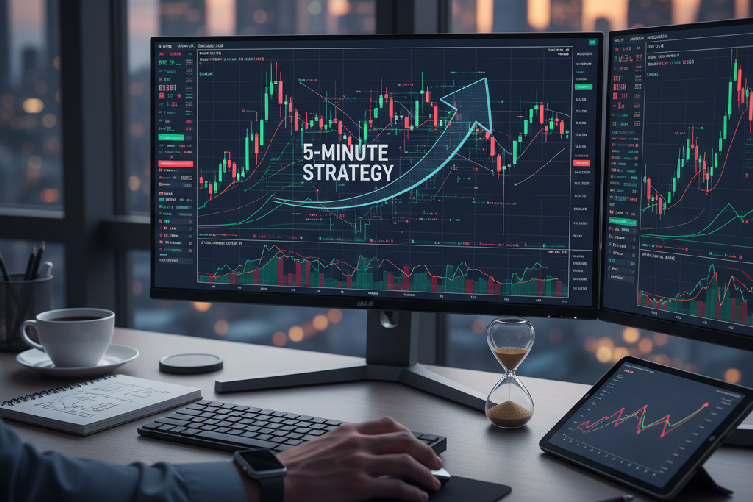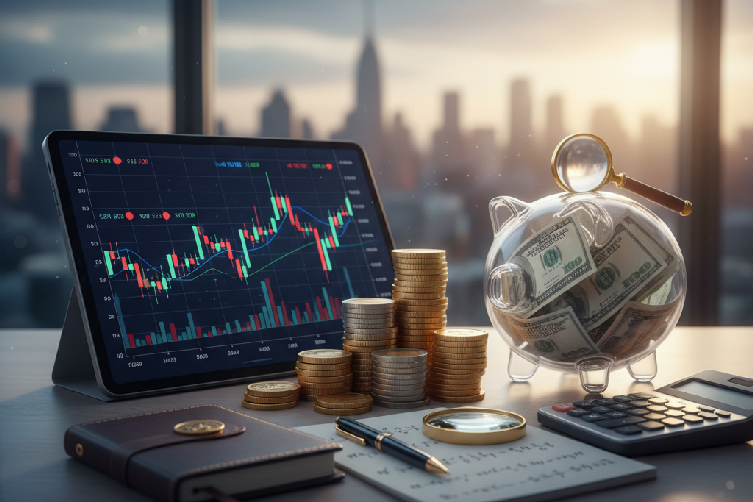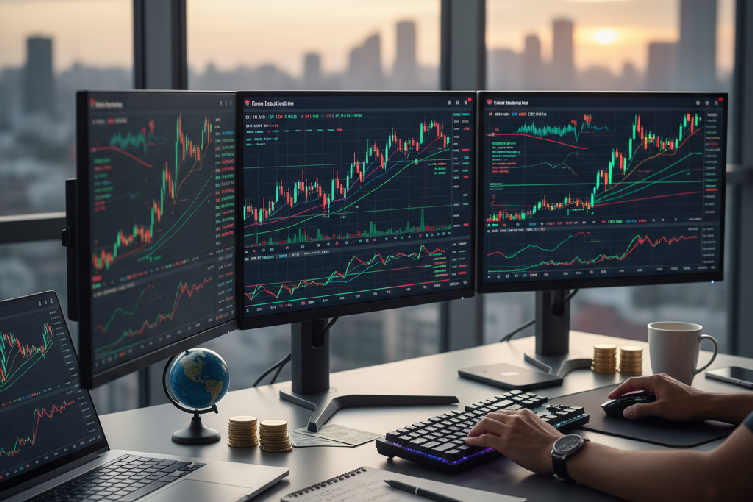Who Are the Main Players in the Forex Market?

The foreign exchange (Forex or FX) market is truly massive! It’s the biggest and most liquid financial market globally, with daily trading volumes exceeding an incredible $6 trillion. Unlike many other financial markets, Forex doesn’t have a central exchange. Instead, it operates 24 hours a day through a vast global network of banks, brokers, and financial institutions.
The primary role of the Forex market is to help with international trade and investment by making currency conversion easy. But beyond that, it also offers exciting opportunities for speculation and hedging.
The Journey of the Forex Market: History and Evolution
The idea of exchanging currencies is ancient, but the modern Forex market we recognize today really began to take shape after the Bretton Woods system collapsed in the early 1970s.
The Bretton Woods Agreement, established in 1944, had fixed exchange rates for major currencies, all tied to the US dollar, which was convertible to gold. However, in 1971, President Nixon announced that the dollar would no longer be convertible to gold. This decision led to the system’s breakdown and ushered in an era of floating exchange rates.
This shift meant that currency values could now fluctuate based on supply and demand, setting the stage for the dynamic Forex market we participate in today.
How the Forex Market Works: Nature and Management
The Forex market functions through a sprawling global network that includes banks, brokers, and various financial institutions. It’s decentralized, meaning there isn’t one single location where all transactions happen. Instead, trading occurs directly between parties in what’s known as an Over-The-Counter (OTC) market.
This market is continuously open 24 hours a day, five days a week, thanks to different financial centers opening and closing around the world. Key participants in this massive market include:
- Central banks
- Commercial banks
- Non-banking financial institutions
- Hedge funds
- Personal investors
- Retail traders
- Institutional investors
- Governments and government agencies
- Brokers
- Market makers
Central Banks: The Economic Guardians

Central banks, like the Federal Reserve, are absolutely crucial players in the Forex market. They are tasked with managing a country’s currency, money supply, and interest rates. Their main goal is to keep financial stability and control inflation. Big central banks such as the Federal Reserve (USA), the European Central Bank (ECB), and the Bank of Japan (BoJ) wield significant influence over the Forex market.
Monetary Policy in Action
Central banks implement monetary policy using tools like adjusting interest rates, conducting open market operations, and employing quantitative easing. For example, when a central bank increases interest rates, it usually strengthens its currency. This is because higher rates attract foreign capital looking for better returns.
Example: In 2015, the European Central Bank (ECB) launched a quantitative easing program. This was aimed at combating low inflation and boosting economic growth. By purchasing large amounts of government bonds, they increased the money supply, which led to a devaluation of the euro. Consequently, the EUR/USD exchange rate fell, impacting international trade and investment.
Forex Reserves: A Safety Net
Central banks also maintain foreign exchange reserves. These reserves are vital for stabilizing their currency and managing unpredictable exchange rate volatility. They use these reserves to intervene in the Forex market, either to support or sometimes weaken their currency when necessary.
Case Study: During the Asian Financial Crisis in 1998, the Hong Kong Monetary Authority (HKMA) stepped in. They used their significant reserves to defend the Hong Kong dollar’s peg to the US dollar. By buying Hong Kong dollars and selling US dollars, they managed to stabilize the currency and rebuild market confidence.
Geopolitical Events and Their Impact
Geopolitical events – think elections, wars, or trade disputes – have a major impact on central bank policies and, consequently, the Forex market. Central banks might adjust interest rates or intervene in the market to stabilize their currency during times of global political uncertainty.
Example: The 2016 Brexit referendum created huge volatility in the Forex market, causing the British pound to plummet. The Bank of England reacted by cutting interest rates and introducing a stimulus package to support the economy. This shows just how intertwined geopolitical events are with central bank actions.
Commercial Banks: The Market’s Backbone
Commercial banks form the true backbone of the Forex market, handling the vast majority of transactions. They add essential liquidity to the market and provide a wide array of services, including currency exchange, international wire transfers, and hedging solutions for their diverse clientele.
The Interbank Market
The interbank market is a critical part of the Forex ecosystem, where commercial banks trade currencies directly with each other. These transactions are typically quite large and happen at interbank rates, which then serve as a benchmark for the rates offered to retail customers. During the 2008 financial crisis, the interbank market faced immense pressure as banks became hesitant to lend to one another, leading to a significant liquidity crunch.





